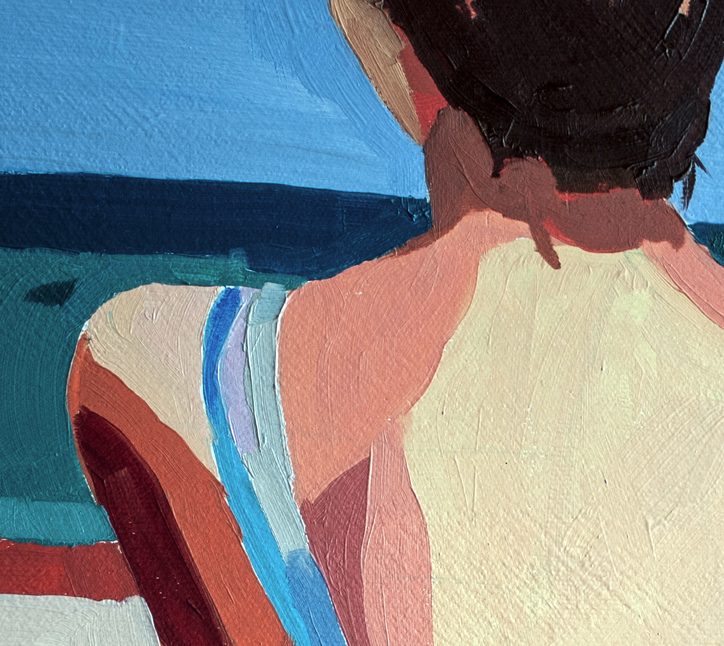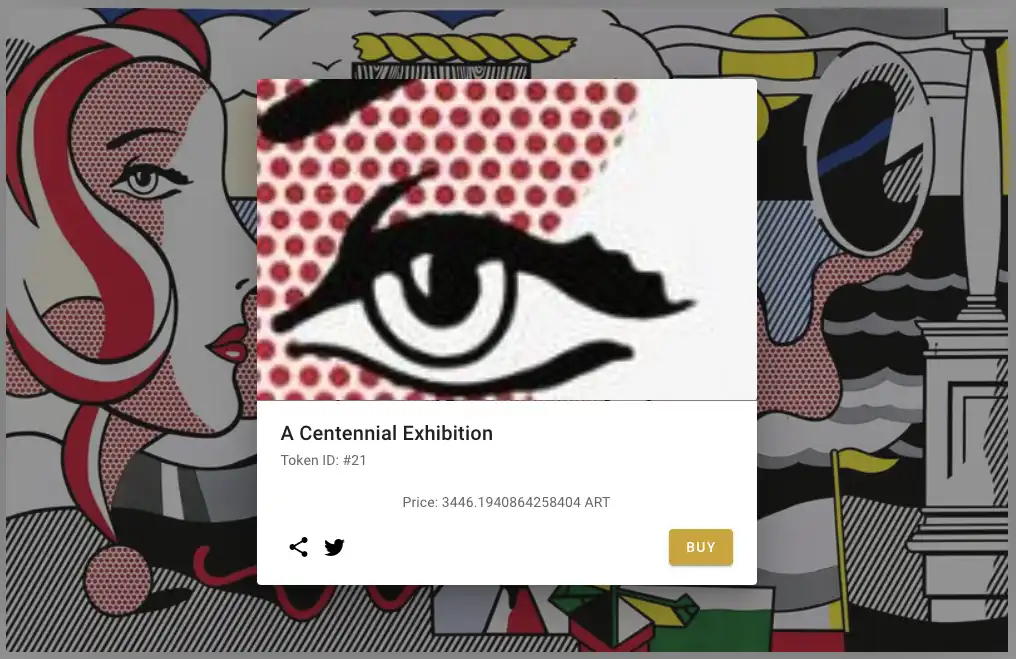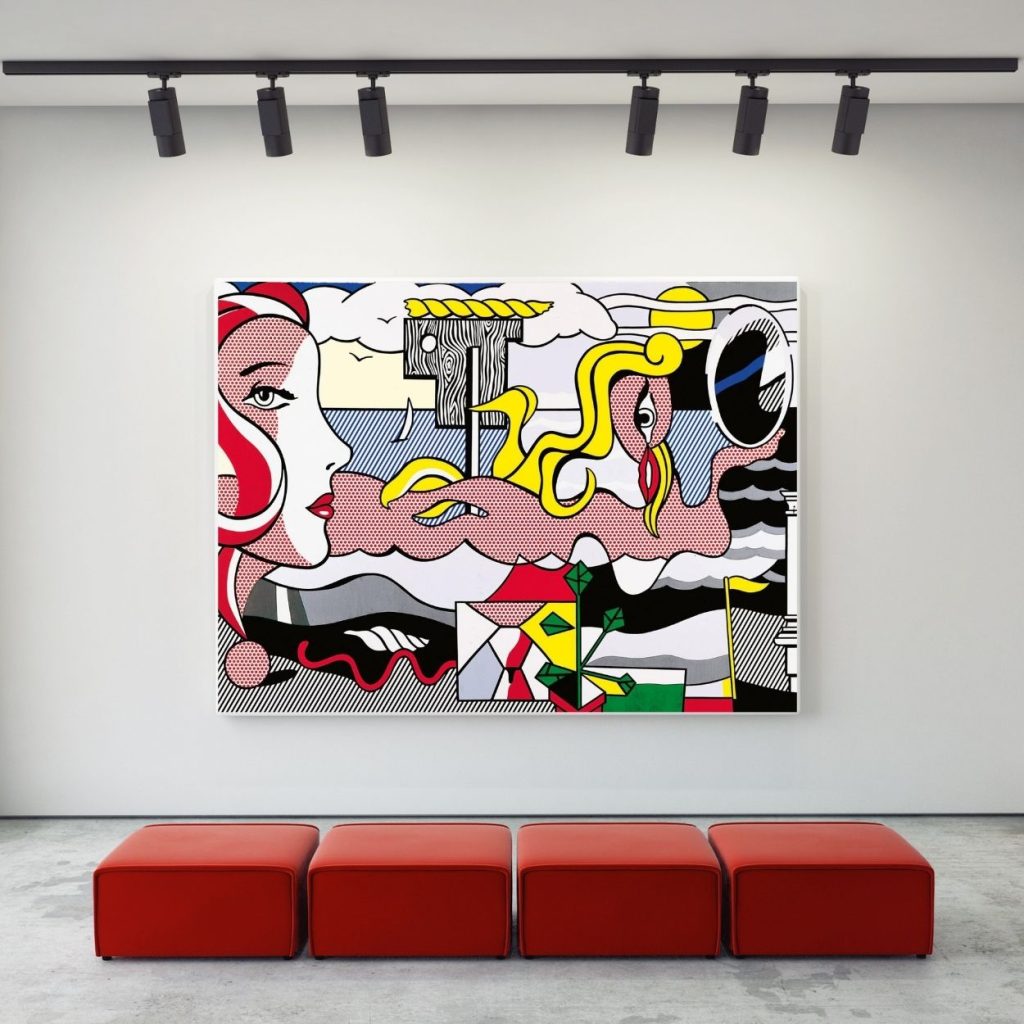Painting: “Today’s wind has gone”
Ewa Krzywińska, a renowned artist, created a painting titled “Today’s wind has gone.” It depicts a woman sitting on a beach, gazing out at the endless ocean. At first glance, the scene is serene and full of relaxation, but a deeper analysis reveals a wealth of emotions and reflections behind this painting.
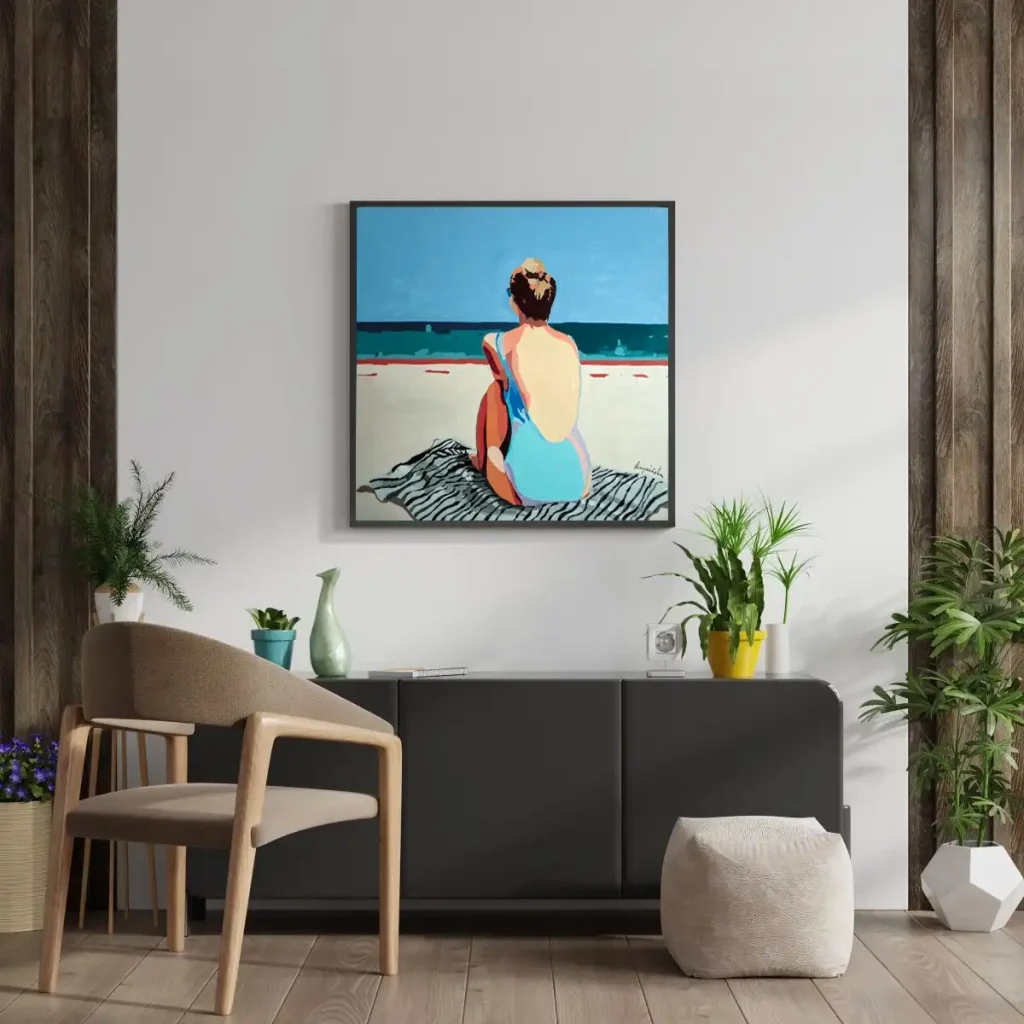
The Woman on the Beach: Thoughts and Reflections
The woman in the painting, let’s call her Anna, came to this beach to find a moment of respite and peace. Sitting on the beach, Anna lets her thoughts wander through different corners of her life. The day before, a strong wind swept across the coast, bringing clouds and stormy waves. However, today, the wind has calmed, and the sea is quiet and still.
The title “Today’s wind has gone” reflects Anna’s state of mind.
Anna’s Reflections:
- Reflection on the Past: Anna thinks about past events in her life that were like a stormy wind, bringing changes and challenges. Now that the storm has passed, she feels she can finally sit down and reflect on what happened.
- Present Calm: Today’s silence on the beach gives Anna a sense of peace and balance. Without the wind to distract her, she can fully focus on her inner world.
- Hope for the Future: The calm sea reminds her that after every storm comes calm. It is a symbol of hope and a new beginning. Anna thinks about the future with optimism, believing it will be as peaceful and harmonious as today’s day on the beach.
- Contemplation of Life: The sight of the endless ocean prompts Anna to reflect on the meaning of life and her place in it. She ponders her identity, dreams, and goals she still wants to achieve.
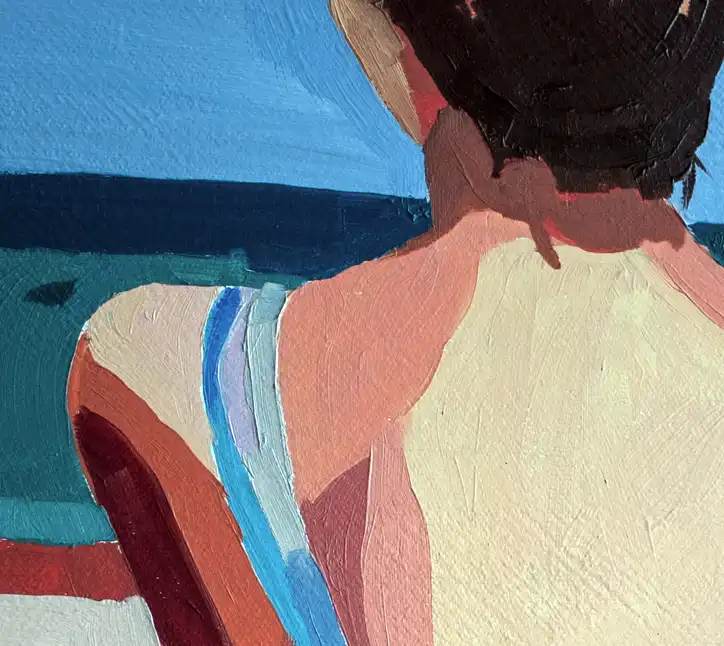
Why the Title “Today’s wind has gone”?
The title of the painting is deeply symbolic. It signifies a moment when one can stop and start anew. It is a day when all that was stormy and restless has gone, leaving room for introspection and rejuvenation. For Anna, it is a moment of calm after the storm, a time for reflection and new plans.
Summary
Ewa Krzywińska’s painting “Today’s wind has gone” is not just a beautiful beach scene. It is full of symbolism and emotions that reflect the human capacity for reflection and regeneration after difficult times. Anna, sitting on the beach, is a metaphor for each of us who goes through life’s storms to find peace and new perspectives
Steps for Selling and Rewarding Collectors
Setting Up an NFT Artwork
- Image Details:
- Image Name: “Today’s wind has gone”
- Artist: Ewa Krzywińska
- Price and Pieces:
- Price of Picture: 10,000 ART
- Number of Pieces: 4
- Dimensions: 2 columns by 2 lines (4 pieces total)
- Token Pricing:
- First Token Price: 14,341 ART
- Price Increment: 3% for each subsequent token
- Rewards Option:
- Reward Pool Addition: 500% added to the reward pool
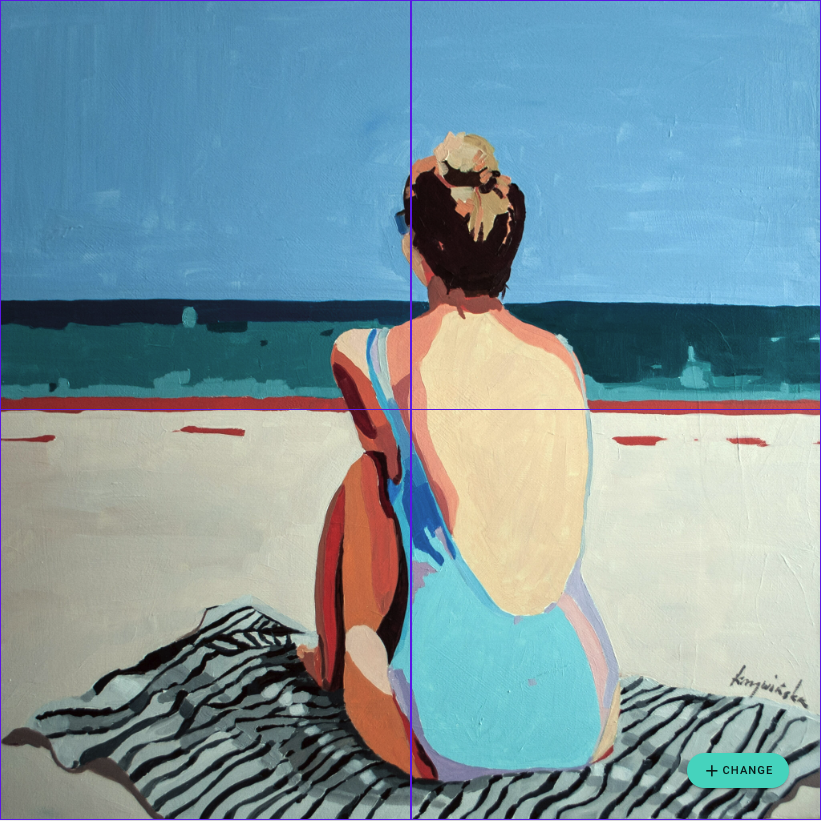
Rewards Distribution
- Main Prize:
- Total Reward: 40% of the added amount + 2% commission
- Reward for Collecting Entire Painting: 29,710 ART
- Collect Rewards:
- Reward Pool Distribution: 60% of the reward pool
- Collected 25%: Rewards 5,736.6 ART
- Collected 50%: Rewards 7,056 ART
- Collected 75%: Rewards 7,497.2 ART
Image Split into NFT Pieces
- The artwork “Today’s wind has gone” is divided into 4 pieces, arranged in 2 columns by 2 lines, making it available for collectors to purchase in segments.


